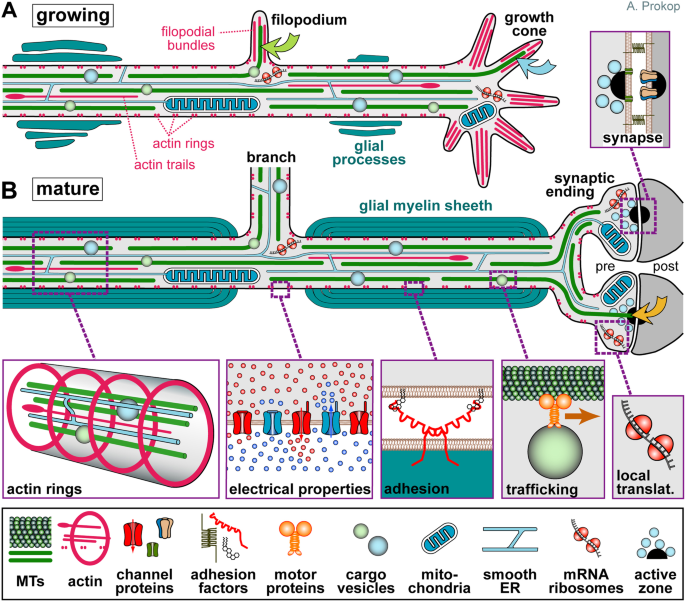All these natural phenomena behave in accordance to their relational values via mathematical guiding algorithms.
In spite of many protestations I like to think that the universe functions in a non-sentient, but physically reactive quasi-intelligent mathematical manner, which over time evolved into more or less sentient awareness of self in relation to the environment in biological organisms on earth, for one. No magic, just a mathematical ordering from simple patterns into ever greater complexity.

i tend to agree
it makes plausible sense that electrical like life forms exist
while consciousness as we understand it must have physical properties
what we do not know is the relative frames that can contain a conscious life form in forms we are not aware of.
the nature of humanity's evolutionary drive to maintain arrogance is a survival instinct
it might well connect directly to greed and capitalism as a means to render development above that phase to be subservient.
it is clearly obvious religion as a while has the intent to suppress and create miss information to undermine advancement in these fields.
while on the other hand
we have fascism and communism(per say) systems of dictatorship and fear that promote a level of mandated ignorance and intellectual compliance on people and science in general.
now that all money is linked to science all science is money driven and money controlled
so we could postulate that until the world as a majority has secured a universal living wage along with housing and health care
such development will simply not be possible
will this spell the end for the species.
it looks logical in its current form as greed and lust for power seems to maintain its core overt hold on all leadership and systems of control finance and social culture design(schools and community construction and operation).
i need to be in the right head space for this type of discussion & given my current life situation that is fleeting and extremely short.
as the cost of living is driven higher and higher it removes the common people from being able to obtain deep insightful complex knowledge
this is by design by those who covet greed and fascist power.
overt material fear seems to be the primary mechanism of control
poverty & greed etc are the tools
if there is such a thing as a consciousness of light
can there be a consciousness of dark(dark energy?) the idea probably freaks out most religious people who would suppress such discussion
as 1 easy off hand way yo illustrate an easy conflict, regardless of those(many) who would seek to exploit it to enslave the rest of the population.


